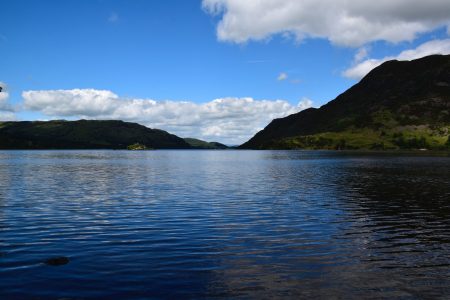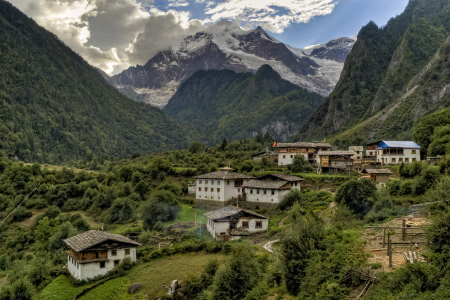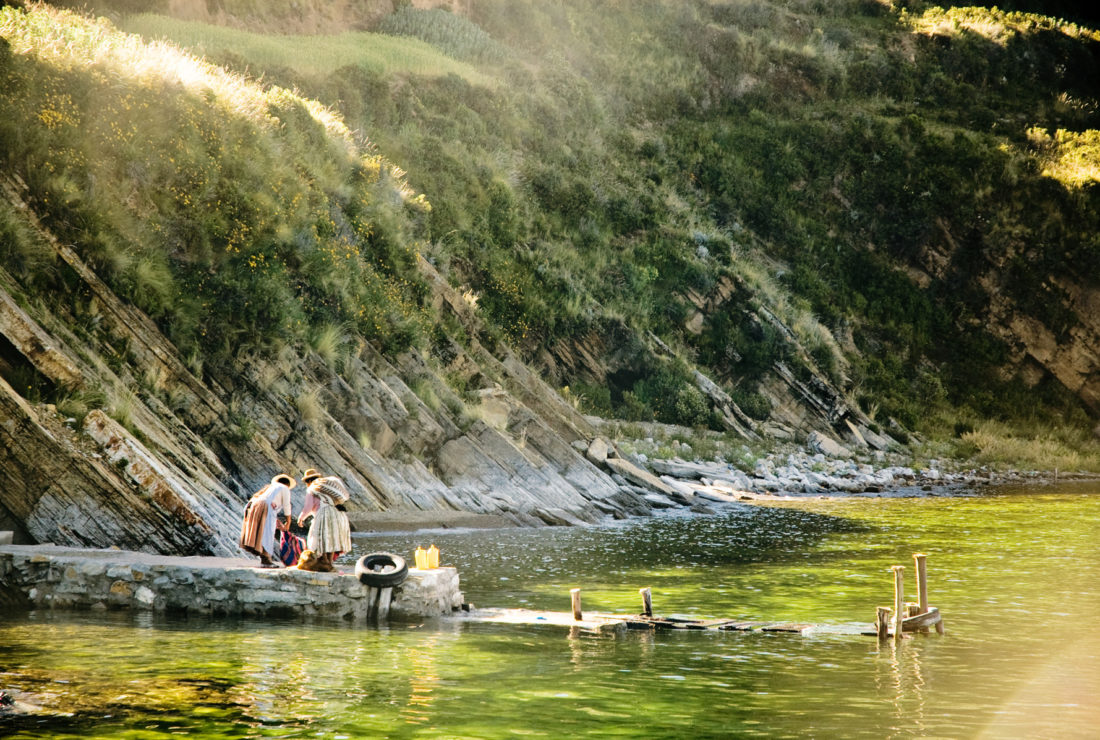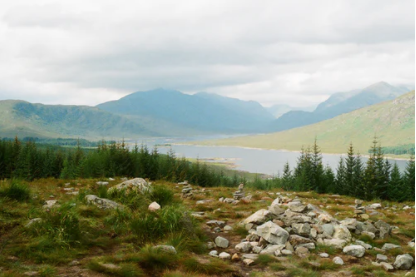Landscape restoration in the Lake District UK

Working in collaboration with United Utilities, the RSPB is managing the Haweswater watershed in the Lake District National Park to achieve the joint aims of boosting biodiversity, supporting local enterprise and improving water quality. So far this has involved planting over 100,000 trees and encouraging natural regeneration of woodland by reducing the number of grazing sheep and cattle, restricting grazing to certain locations and having no winter grazing. Peat bog restoration, and altering the shape of river bends to slow water flow, have been important for enhancing carbon storage and biodiversity. The catchment is managed in collaboration with the local water utility company, with the aim of reducing soil erosion and hence lowering water treatment costs. This has been achieved by blocking 40 miles of moorland drains to reduce peat erosion, as well as planting, regeneration and protection of riparian vegetation.
Although the number of livestock have been reduced, the meat produced is high quality so, combined with subsidies, the local farming business is economically sustainable. Money is also being brought into the area through tourism, with the golden eagle view point being a particular attraction. The managed land supports rich biodiversity, including other notable species such as red squirrel, salmon and mountain ringlet butterflies, which also helps to draw in tourists.
Read the RSPB plan here, and the Rewilding Britain summary here.




